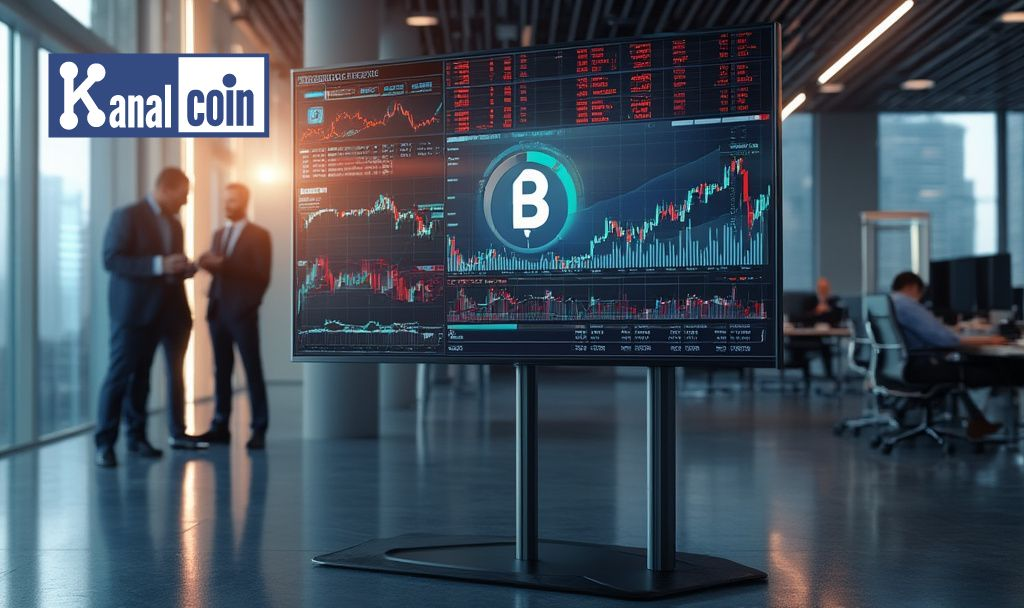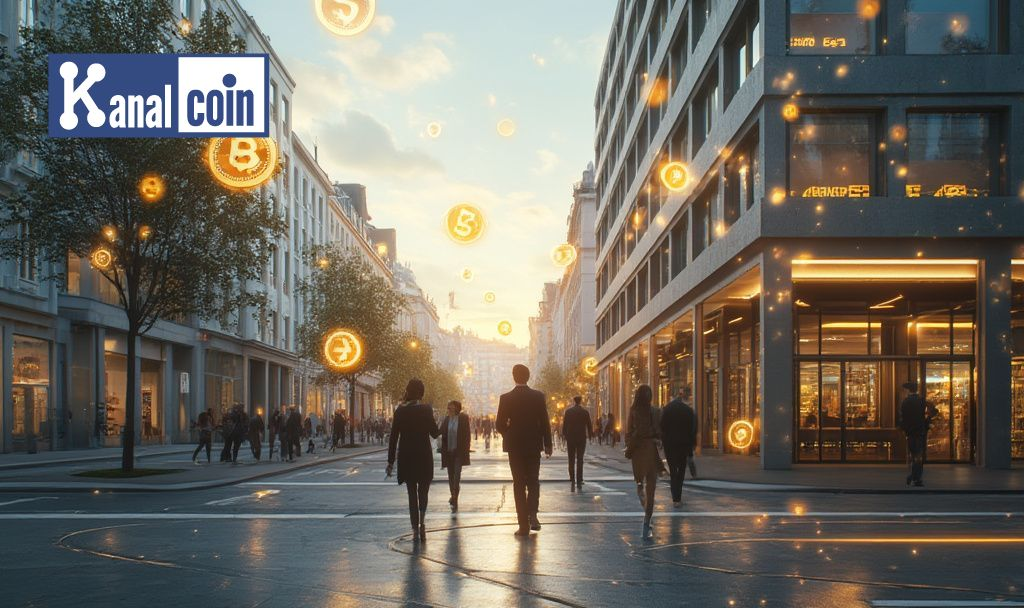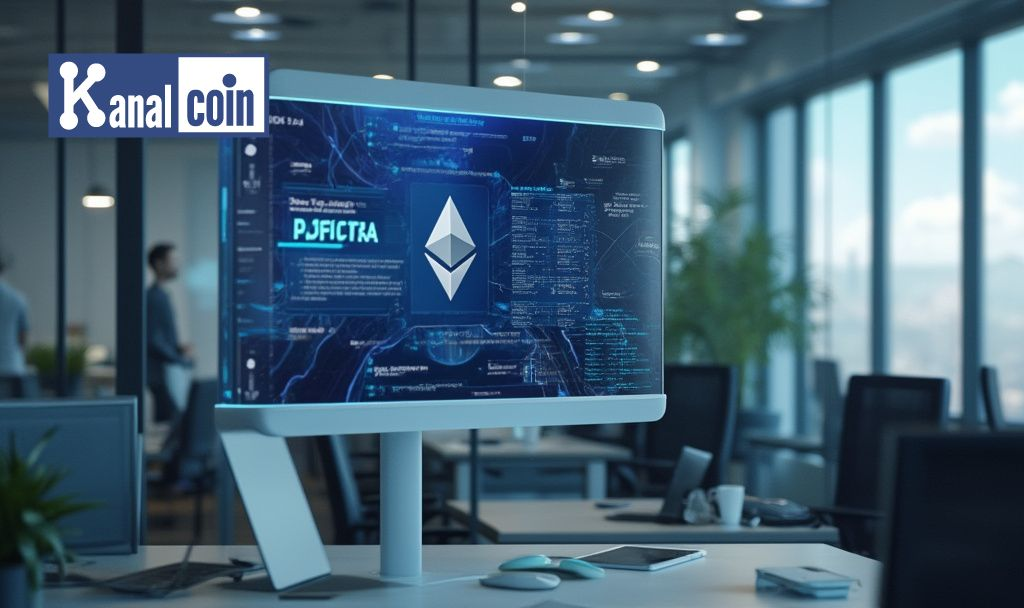
Nintendo confirms its Switch 2 console will be priced at $450 in the US, unaffected by ongoing tariffs. The announcement was made amidst growing concerns over increasing production costs.
The decision not to pass tariff costs onto consumers could affect Nintendo’s profit margins but aims to maintain market competitiveness. This move has sparked discussion among industry analysts and consumers.
Nintendo Defies Tariff Pressures, Keeps Switch 2 at $450
Nintendo’s decision to keep the Switch 2 at $450 comes as tariffs affect production costs. Despite potential financial strain, the company hopes to maintain consumer interest and competitive positioning in the gaming market.
The decision, announced on October 2023, involves key stakeholders at Nintendo HQ. Production costs in the US are rising, impacting various segments of the market, including the gaming industry. Doug Bowser, President, Nintendo of America, stated: “The company did not factor in possible tariffs from the U.S. when deciding on the pricing for its Nintendo Switch 2 console.”
Analysts Debate Financial Strategy Behind Pricing Decision
Market analysts are closely watching possible shifts in Nintendo’s financial strategy. Some fear that maintaining current pricing could lead to reduced profits, while others see it as a customer-oriented approach.
Industry experts suggest that by absorbing tariff costs, Nintendo might face short-term financial impacts. However, historical pricing strategies show a potential for market retention, possibly boosting long-term consumer loyalty. TechCrunch reports that Nintendo is actively assessing the impact of U.S. tariffs, implying a proactive approach to financial challenges.
Lessons from Sony’s Past in Cost Absorption Tactics
Similar situations occurred during past economic tensions, where companies opted to absorb costs. In these cases, companies like Sony retained market standing, avoiding consumer price shocks.
Experts from Kanalcoin highlight the potential risks and benefits of Nintendo’s approach. Historical trends suggest that such strategies can foster goodwill, although they require careful financial balancing. Jeff Grubb noted that Nintendo’s pricing decision may have been influenced by anticipated tariffs.









